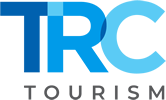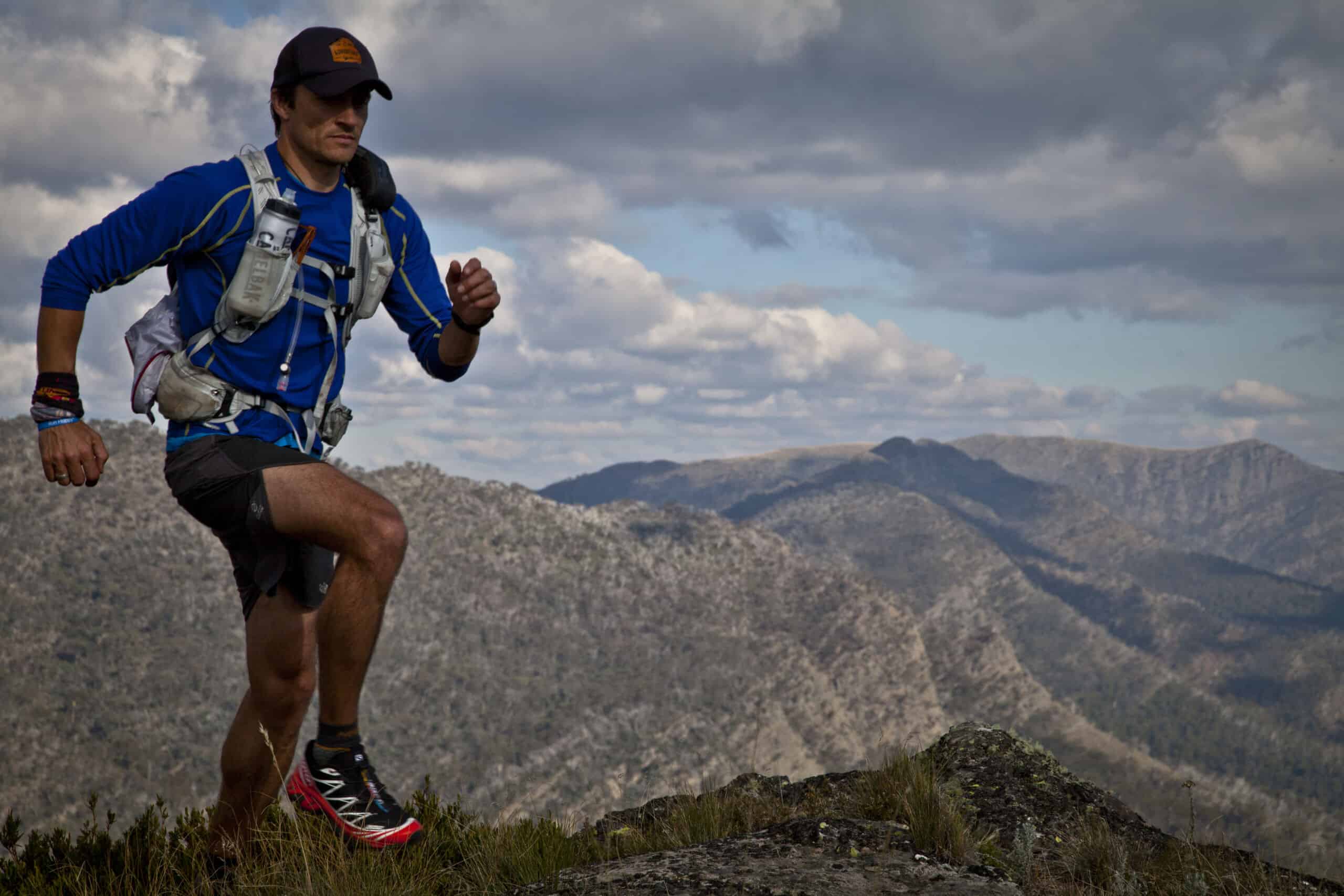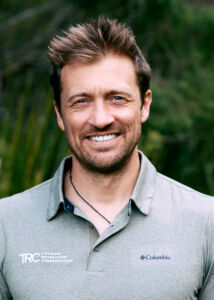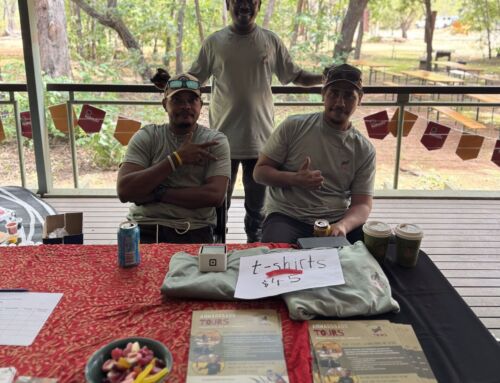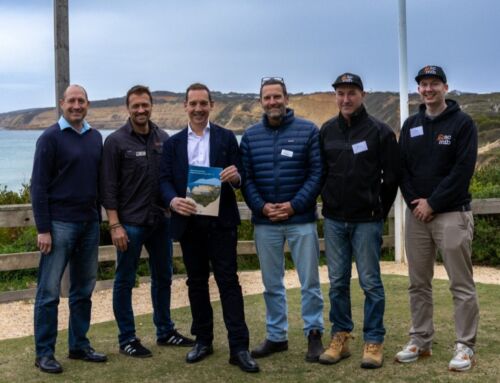TRC Tourism Specialist Consultant Chris Ord forged a somewhat alternative path in entering the wilds of the nature-based tourism industry, a journey ultimately anchored by ‘IRL’ experience.
“Data are just summaries of thousands of stories – (we need to) tell a few of those stories to help make the data meaningful,” suggested author Dan Heath, who effectively emphasises the difference between raw data and insights, and how data sets alone are rarely ever meaningful.
This thought captures one of the (many) reasons why I became a trails consultant for TRC Tourism and indeed, the unexpected side door through which I entered the industry: via the media. Adventure journalism to be specific.
My role as a magazine editor and journalist for travel and adventure titles led me on all sorts of missions across the globe, from Africa to South America, Asia to the subcontinent, Europe, and back across the micro and macro nations dotted throughout the Pacific.
As a ‘scribe’ charged with expressing the value of a place to a curious traveller readership, ‘story’ was always the priority motivation. What was it? And what were the embedded whys to be revealed? And why do those whys even matter to my readership? One thing I learned is that beyond the ‘action’ and ‘challenge’ of any adventure to be captured, the kernel of any storytelling is the people of a place – humans with motivations, pasts, presents and futures and how they relate to their landscape and environment, be that urban or rural. The who is all-important, the how and why added garnish to a meaningful, engaging and satisfying tale.
In Dan Heath, we assumedly have my antithesis – that being a data expert – pointing back to my realm – that of narrative – relating that while data is necessary it can be meaningless without not just analysis but a full distillation to meaning. Meaning is what moves us to thought, to interest, to passion and to action. Arguably it also moves us to travel and most certainly to adventure.
This is a meandering walkabout introduction to the metaphorical trailhead that is my career ‘why’: trails allow access to place, and a journey through any environment cannot help but instil connection and meaning seeded through the experience of that place. Yet as a journalist embedded in my audience of mountain bikers, trail runners, trekkers, surfers, paddlers, mountaineers, rock climbers and expeditioners, what I recognised in the ‘measurement apparatus’ that is the government in its many forms was a disconnect from meaning. The word ‘adventure’ would surface in official reports or at travel industry award ceremonies completely untethered to any semblance of actual adventurous experience, at least as those undertaking it at any level would understand it to be.
It frustrated me. How could those in charge make decisions about the apparatus and infrastructure that creates, supports and sustains recreation in nature without any real comprehension of what the ‘adventuring’ community really needed or wanted? And what did Mother Nature herself need or want in the face of humans using her landscapes as a canvas for adventurous, potential impactful experiences both in the positive and negative?
Simply, I believed the data was wrong. Or at least twisted. Malnourished. Ill-used. The story being told was out of whack. And I reasoned, with my embedded understanding of the user base (the readership), no matter what their chosen pursuit was, that I could help bridge the understanding gap in order to get better results for everyone: for the people out adventuring, for the managers of the spaces being explored, and of course for nature itself.
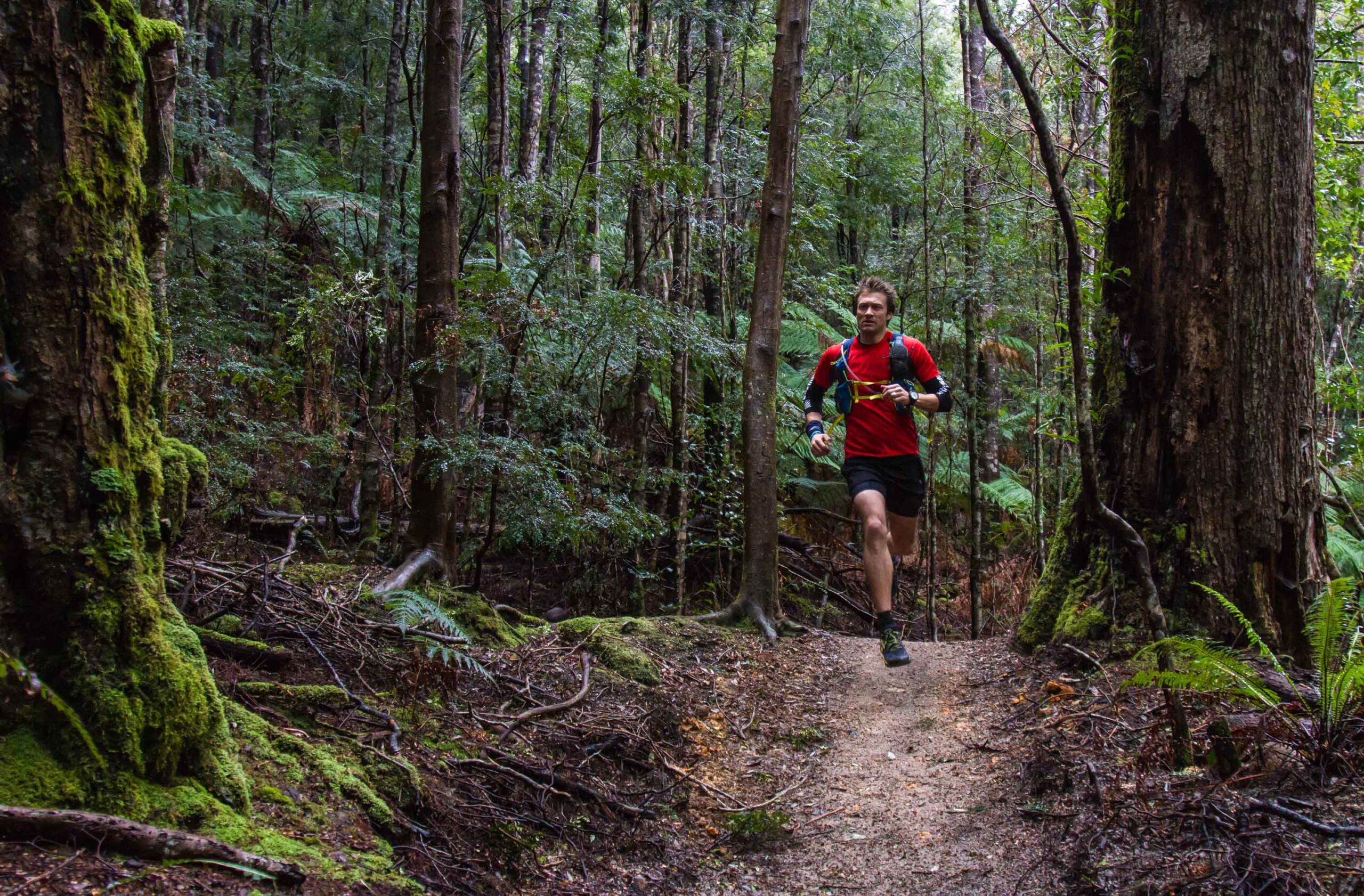
So, I put my hat of thoughts and passionate opinions in the ring by knocking on the door of TRC Tourism (who, thankfully, opened it welcomingly) and joined a veritable knowledge bank stuffed full of impressive degrees and experience in environmental and parks management, urban planning and design, trail building, tourism, and more. On paper I didn’t have the depth of formal qualification to match my TRC colleagues, but I knew the heart of the story when it came to my field: nature-based recreation. I understood the people out there playing in the woods and deserts and oceans and lakes and valleys and on mountain peaks. I understood how they did it, why they did it, and the things they wished for to keep on enjoying nature in a way that was sustainable and, importantly, meaningful.
Most of my experience was in trails – mountain biking, adventure cycling, trail running and trekking. I upskilled as necessary on the technical side of the consultancy vocation and maintained my drive fuelled by an ongoing belief that trails not only hosted people who created their own adventure stories, but that trails were a necessary conduit to and prism of story creation. Trails could be used not just to walk, run or ride along for fun, they are a prerequisite for many to grant access to places they may otherwise deem out of their league. Even more powerfully, trails connect people – both visitors and locals – to a place, its environment and landscape creating and embedding a ‘value proposition’ within individuals who, through their trail experience, come to cherish the places it takes them. It also fosters a sense of custodianship – a will to protect the places explored. Trails also immortalise the stories of landscape heritage and culture. In a sense, they are physically manifested lines that capture a story the same way I used to in a magazine, only with much more permanence.
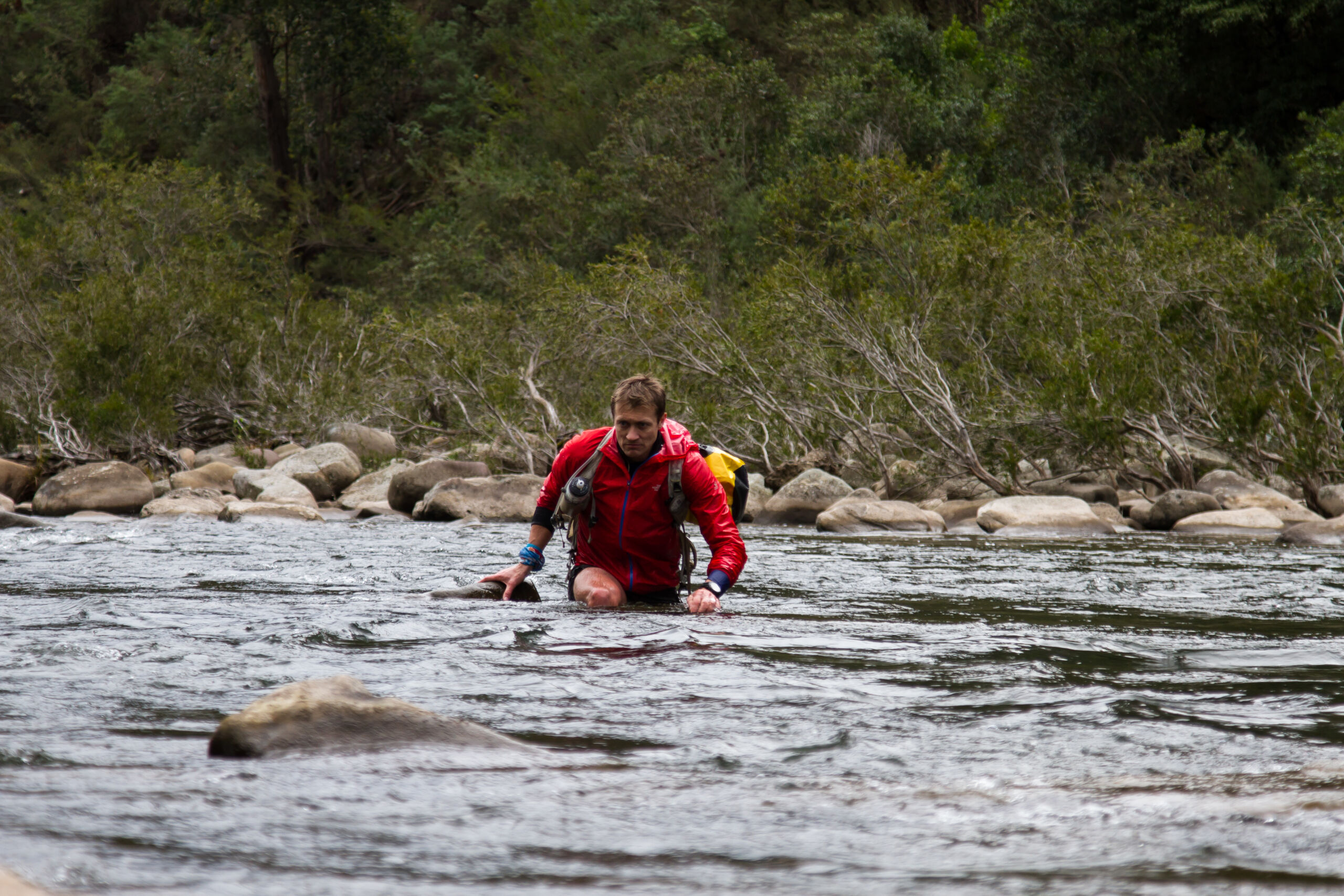
In all the projects I engage in for TRC – across walking trail masterplans, mountain biking trail network design, trail auditing, nature based experience design and more – I do consult data as a matter of process. However, it is my experience in the field that I consider my ‘base intelligence’ when thinking around problem solving in tourism consultancy. From undertaking personal adventures for recreation and accomplishment to joining different outdoor communities be that trail runners or mountain bikers, trekkers or kayakers; to designing and hosting guided adventure tours for my side hustle, Tour de Trails – I tend as first port of call to anchor my thinking ‘in real life’, or ‘IRL’ as my teenage daughters would say.
The latter in particular informs projects around experience design, given I am often designing trail-based tours for adventurous clients. I seek their personal perspective feedback in a mix that considers everything from safety, travel logistics, accommodation, catering, navigation, quality of service delivery and threshold of feature interest. While my tours are boutique, small group affairs, they are a microcosm of a broader potential market for pretty much all the projects I work on. So what I see and hear while guiding trips to places as far flung as Bhutan, Crete, Croatia, England, France, Timor Leste and of course here in Australia, informs my understanding of the real-life nuance of the needs of adventure- and nature-loving travellers around which most trail projects are or should be designed.
I see clients complain when wayfinding doesn’t direct clearly and intuitively as it should. I hear them mutter when trailhead services are broken or non-existent. I witness their disappointment when a feature location vista is ruined by power lines or other man-made incursions, or they get het up in a caffeine depleted rage when a village in the middle of nowhere doesn’t do a decent strong soy latte (I admittedly may be self-reflecting here). Equally, I pick up when my clients are impressed with the authentic sustainability touches and regenerative project attachments of an eco-accommodation I have booked, or the meeting with villager locals in an exotic destination that ends in deep cultural exchange. Or their learnings and pleasure taken in a local sommelier-hosted wine-tasting that covers ancient Greek grape grazing (yes – this is part of a trail running tour, noting that there is no data model available that captures this obvious strong overlap of interests).
I’m also sometimes pleasantly surprised by the perspectives of people seeking adventure – sometimes at a hefty price – who consider the cacophony of cow bells clattering below our Refugio dorm at 3am as they make their way out to pasture as just a “part of the experience” rather than an annoyance to be raised as an issue over breakfast. I am less surprised (but not overly concerned) when they complain about no mobile service when deep in the French Alps, or that it’s “too steep and technical and there’s too much rice on the menu” when journeying along the Snowman Trek deep in the remote Bhutanese Himalayas.
These are all anecdotes, of course. Far from the directness and comprehensiveness of numbers and data. Indeed, any scientist will tell you that anecdotal evidence is near meaningless, but what they fail to extend to is that anecdotes – collected in number as qualitative data – do have value in the very least as often leeringly huge X-marks-the-spot signposts indicating where quantitative data mining should be digging.
For me ‘IRL’ information is as valuable as any data set. And a lot more fun to collect, let alone analyse. Which is why when it comes to the question I am often asked “what do you do for work?” I often answer: “Whatever it takes to keep me outdoors.”
So yes, the broad job title for TRC Tourism is ‘Specialist Consultant’ but my job is actually as a Qualitative Analytics Consultant and my tools of trade are a mountain bike, a map and a sense of adventure.
— — — —
Chris Ord’s actual TRC Tourism profile can be seen here.
His tour agency and trips can be seen here.

